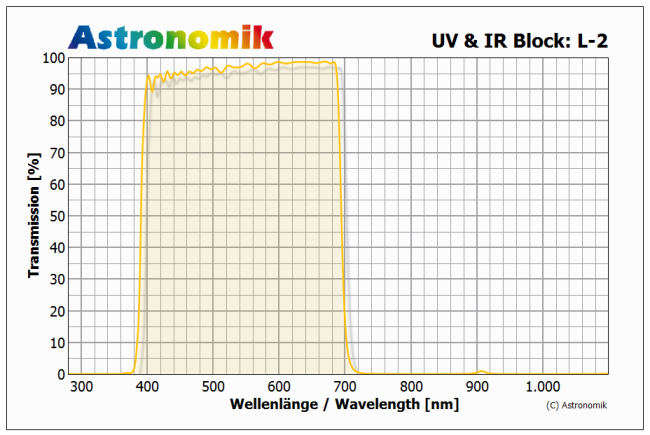- Astronomik Lunar calendar for 2024
The Astronomik calendar of the Lunar phases in 2024 is ready.
- Chistmastime and New Year 2023-2024
We wish you a merry Chirstmastime and a happy and healthy 2024...
- Astronomik Lunar calendar for 2023
The Astronomik calendar of the Lunar phases in 2023 is ready.
- Chistmastime and New Year 2022-2023
We wish you a merry Chirstmastime and a happy and healthy 2023...
- Shipping methods
Shipping as registred good shipment is no longer available
- How to observe planetary nebulae
A very nice introduction to observing planetary nebulas written by Owen Brazell
- Astronomik Lunar calendar for 2022
The Astronomik calendar of the Lunar phases in 2022 is ready.
- Website down
Our website was down on dec 20st...
- H-alpha imaging with a unmodified EOS R
Imaging with an unmodified camera using a H-alpha filter
- Astronomik Lunar calendar for 2021
The Astronomik calendar of the Lunar phases in 2021 is ready.
Astronomik UV-IR Blocker
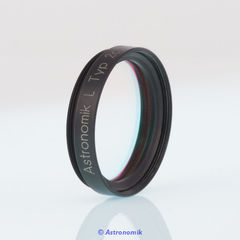
Click the image for full resolution
UV and IR cut Filter for digital photography.|
- |
The Astronomik UV-IR Blocker lets the full range of sensitivity of the human eye (according to DIN 5031) pass, and blocks all other parts of the spectrum in the UV and IR. The Astronomik UV-IR Blocker is the ideal choice as a luminance filter for any kind of digital photography.
Because of the perfect blocking of UV and IR all optical problems in these parts of the spectrum are avoided.
The filter is optimized for systems with focal ratios between f/0.5 and f/50. The typical transmission is higher than 99%.
Main use
The UV-IR Blocker gives you a perfect parfocal filter for the luminance channel. It is also great as a dust protection for your telescope and camera.
Other uses
- As a dust protection of Schmidt-Cassegrain, Schmidt-Newton or Maksutov system or as a dust protection in front of DSLR camera.
- As an alternative instead of the IR-Blocker if your camera has a high sensitivity at short wavelengths.
- As an alternative instead of the MC Clear if your system has any refracting elements
Alternatives
You should think about using the IR-blocker if your camera has a low sensitivity at short wavelengths. Think about using the MC Clear glass if you have a system without any refracting elements. If you do color imaging from light polluted places, please think about using the CLS CCD filter for the luminace data instead!
more information about the photographic Astronomik filters
How to read the chart
The major emission lines of artifical light pollution:
| Hg 435,8nm | Hg 546,1nm | Hg 577,0nm | Hg 578,1nm |
| Na 589,0nm | Na 589,6nm | Na 615,4nm | Na 616,1nm |
The major emission lines of nebulas:
H-β 486,1nm | OIII 495,9nm | OIII 500,7nm | H-α 656,3nm
- The horizontal axis is the Wavelength in Nanometers (nm). 400nm is deep blue, at 520nm the human eye senses green and at 600nm red. At 656nm is the famous "H-Alpha" emission line of hydrogen.
- The transmission in % is plotted on the vertical axis.
- The red line shows the transmission of the filter.
- Visual filters: The grey line in the background shows the relative sensitivity of the human eye at night. The maximum is at ~510nm and drops to longer and shorter wavelengths. You can easily see, that you can´t see anything of the H-alpha line at night (even if you can during daylight!) The sensitivity at 656nm is 0% at night!
- Photographic filters: The grey line in the background shows the sensitivity of a typical CCD sensor.
- The most important artifical emission lines are shown in orange. The artifical light pollution is dominated by see mercury (Hg) and sodium (Na), which are used in nearly all streetlights.
- The most important emission lines from nebulas are shown in green. The most important lines are from ionized Hydrogen (H-alpha and H-beta) and double ionized oyxgen (OIII).
The major emission lines of artifical light pollution:
| Hg 435,8nm | Hg 546,1nm | Hg 577,0nm | Hg 578,1nm |
| Na 589,0nm | Na 589,6nm | Na 615,4nm | Na 616,1nm |
The major emission lines of nebulas:
H-β 486,1nm | OIII 495,9nm | OIII 500,7nm | H-α 656,3nm
Suitability
- Visual observation (dark skies): It depends, for dust protection only
- Visual observation (urban skies): It depends, for dust protection only
- Film photography: It depends, for dust protection only
- CCD photography: Very good, if used with optics which contain refracting elements
- DSLR photography (original): It depends, for dust protection only
- DSLR photography (astro modified): It depends, for dust protection only
- DSLR photography (MC modified): Very good, if used with optics which contain refracting elements
- Webcam / Video (Planets): Very good, if used with optics which contain refracting elements
- Webcam / Video (Deep Sky): Very good, if used with optics which contain refracting elements
Technical Data
- Parfocal with other Astronomik filters
- Glass thickness: 1mm
- Completely resistant against high humidity, scratches and aging effects
- Diffraction limited, the filter will not reduce the optical performance of your telescope!
- Astronomik filters are delivered in a high-quality, long lasting, filter box
- Since 2008 we do ship filters with a completely new design. Any kind of halo or strange reflection is a matter of past
The filter is available in the following sizes:
L Filter
-
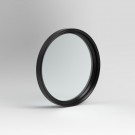
Astronomik L-1 UV-IR Block M49
excl. VAT (Non-EU): €125.21 incl. VAT (EU): €149.00 -
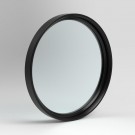
Astronomik L-2 UV-IR Block M67
excl. VAT (Non-EU): €242.86 incl. VAT (EU): €289.00 -
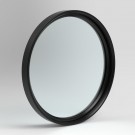
Astronomik L-2 UV-IR Block M72
excl. VAT (Non-EU): €242.86 incl. VAT (EU): €289.00
-
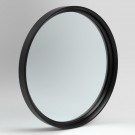
Astronomik L-2 UV-IR Block M77
excl. VAT (Non-EU): €251.26 incl. VAT (EU): €299.00 -
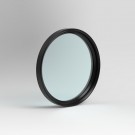
Astronomik L-3 UV-IR Block M49
excl. VAT (Non-EU): €125.21 incl. VAT (EU): €149.00 -
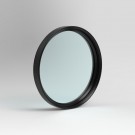
Astronomik L-3 UV-IR Block M52
excl. VAT (Non-EU): €133.61 incl. VAT (EU): €159.00
-
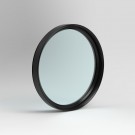
Astronomik L-3 UV-IR Block M55
excl. VAT (Non-EU): €242.86 incl. VAT (EU): €289.00 -
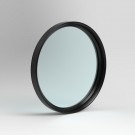
Astronomik L-3 UV-IR Block M58
excl. VAT (Non-EU): €242.86 incl. VAT (EU): €289.00 -
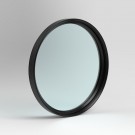
Astronomik L-3 UV-IR Block M62
excl. VAT (Non-EU): €251.26 incl. VAT (EU): €299.00
-
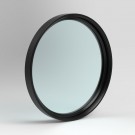
Astronomik L-3 UV-IR Block M67
excl. VAT (Non-EU): €268.07 incl. VAT (EU): €319.00 -
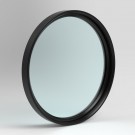
Astronomik L-3 UV-IR Block M72
excl. VAT (Non-EU): €268.07 incl. VAT (EU): €319.00 -
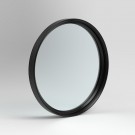
Astronomik L-2 UV-IR Block M62
excl. VAT (Non-EU): €234.45 incl. VAT (EU): €279.00
-
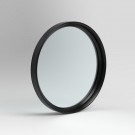
Astronomik L-2 UV-IR Block M58
excl. VAT (Non-EU): €226.05 incl. VAT (EU): €269.00 -
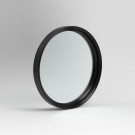
Astronomik L-1 UV-IR Block M52
excl. VAT (Non-EU): €133.61 incl. VAT (EU): €159.00 -
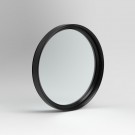
Astronomik L-1 UV-IR Block M55
excl. VAT (Non-EU): €242.86 incl. VAT (EU): €289.00
-
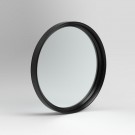
Astronomik L-1 UV-IR Block M58
excl. VAT (Non-EU): €242.86 incl. VAT (EU): €289.00 -
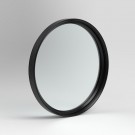
Astronomik L-1 UV-IR Block M62
excl. VAT (Non-EU): €251.26 incl. VAT (EU): €299.00 -
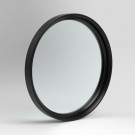
Astronomik L-1 UV-IR Block M67
excl. VAT (Non-EU): €268.07 incl. VAT (EU): €319.00
-
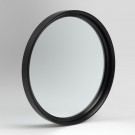
Astronomik L-1 UV-IR Block M72
excl. VAT (Non-EU): €268.07 incl. VAT (EU): €319.00 -
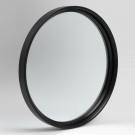
Astronomik L-1 UV-IR Block M77
excl. VAT (Non-EU): €268.07 incl. VAT (EU): €319.00 -
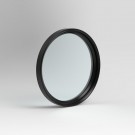
Astronomik L-2 UV-IR Block M49
excl. VAT (Non-EU): €116.81 incl. VAT (EU): €139.00
-
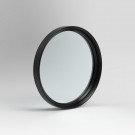
Astronomik L-2 UV-IR Block M52
excl. VAT (Non-EU): €125.21 incl. VAT (EU): €149.00 -
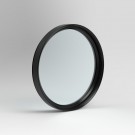
Astronomik L-2 UV-IR Block M55
excl. VAT (Non-EU): €226.05 incl. VAT (EU): €269.00 -
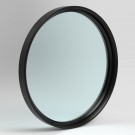
Astronomik L-3 UV-IR Block M77
excl. VAT (Non-EU): €268.07 incl. VAT (EU): €319.00

 Deutsch
Deutsch English
English